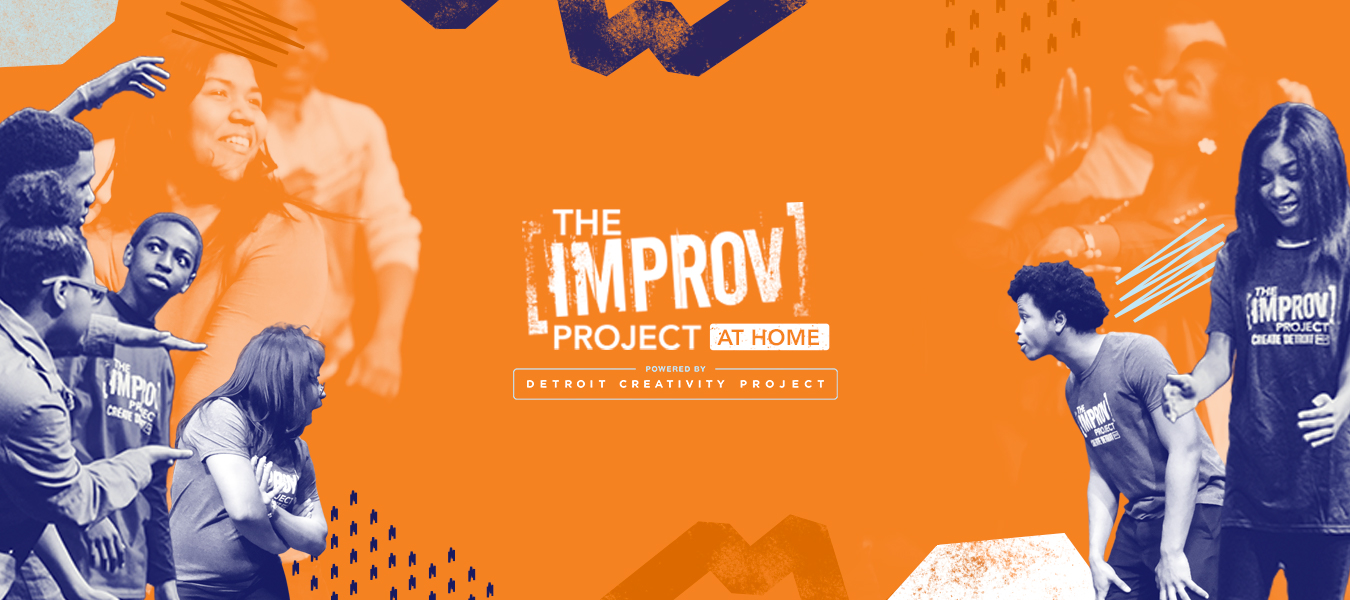Lessons at a Glance
Let’s Play | Improvisation is about working together to tell stories and create scenes. That means saying “Yes!” to yourself and others. Improvisers learn to make bold choices, take risks, and approach problems – together. The games in this lesson are fun, fast-paced, and build confidence and teamwork skills.
Listening | Learning to improvise and be a good communicator are about becoming a better listener. When we truly listen to what other people say, we can respond and build on it. Improvisers call this “Give and Take.” In this lesson you’ll practice listening like an improviser and sharing the spotlight, rather than competing for it.
Storytelling | Every good story has a beginning, middle, and end. Improvisers use “Yes, And” to create a story together. Yes is accepting the idea someone gives you. And is adding an idea of your own. In this lesson you’ll keep working on the listening and teamwork skills you need to be a good improviser. This will also help you be a better storyteller and writer.
Environment | Instead of props or a set, improvisers work together to imagine and describe the place where their scenes are happening and all the things in it. The more specific the details you show and tell, the better the story! Try creating different locations before moving on to the next lesson.
Emotion & Point of View | Improvisers can be anyone or anything in their stories. They just need to react with strong emotions from the person, animal, or thing’s perspective. In improv, we call that “Point of View.” In this lesson, you’ll practice taking a strong position on any topic and learn how to see any issue from another viewpoint.
Relationship | In improv, it’s the connections between the characters we create that make stories more interesting and fun. Improvisers also call this “Relationship.” Using bold points of view and strong emotions also conveys a character’s feelings and opinions. This is what writers do to create memorable scenes in their books, movies, or tv shows.

